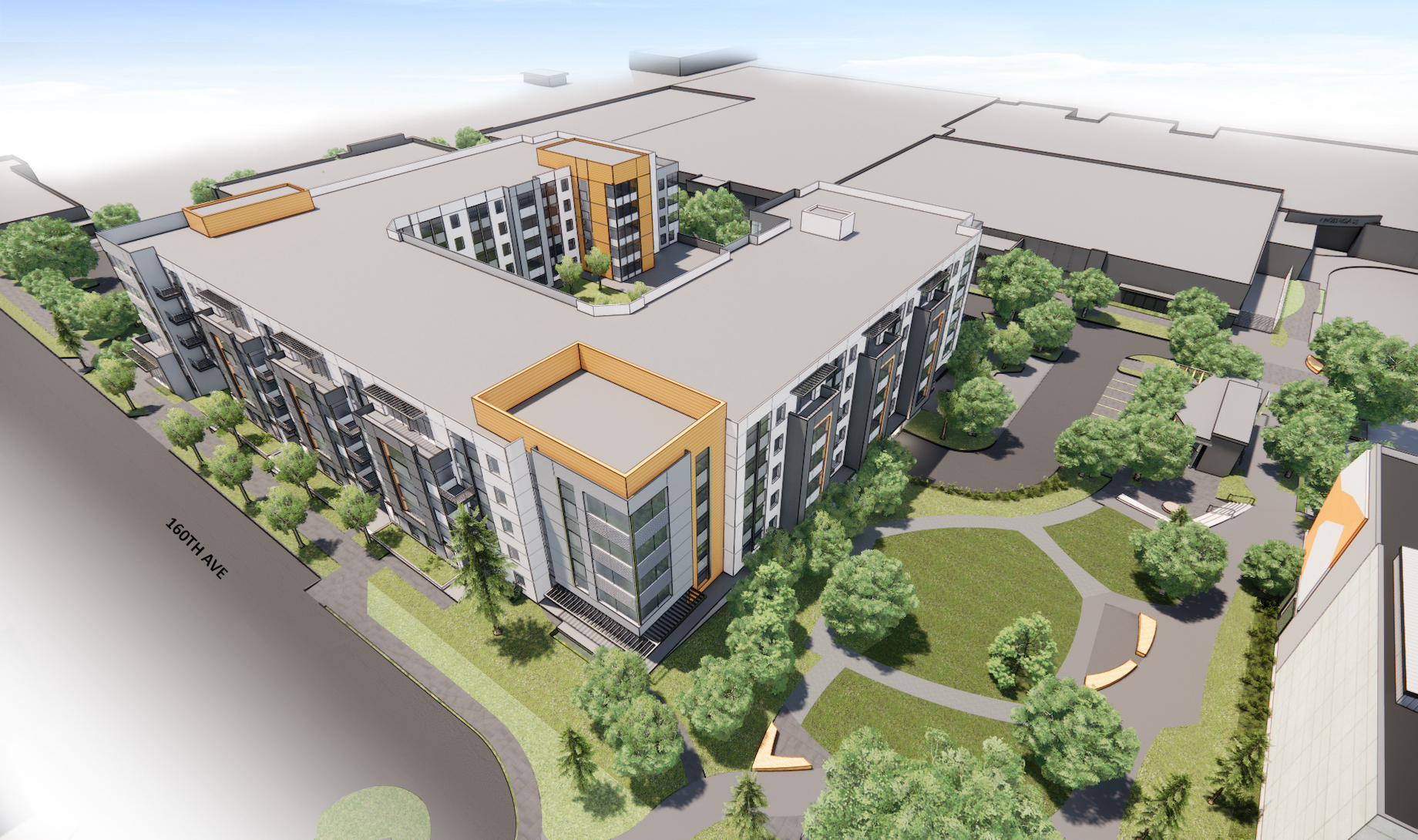Commerce + Communities Today continues its coverage of what worked in 2021 so marketplaces pros can march confidently into 2022. Part 4 is below.
MORE OF WHAT WORKED IN 2021:
Tech in Retailers’ Real Estate Decisions
Reimagining Existing Spaces
Portfolio Optimization
Selling Fresh Food at Economy of Scale
Reinventing and Reinvesting
Customer Relationship Management
Focusing on the Customer Experience
Sustainability in Development
MG2 saw strong demand last year for marketplace designs that are healthier for commerce, communities and the planet. One example is the remake of Crossroads, in the tech hub of Bellevue, Washington. ROIC aims to transform the 463,000-square-foot mall into a mixed-use destination with a lower carbon footprint, more green space and stronger connections to transit and hiking and biking trails, said MG2 architect and principal Mark Taylor.

An increasingly affluent neighborhood will support the addition of 224 multifamily units to Crossroads, and this year, ROIC will start replacing part of Crossroads’ parking lot with an MG2-designed, U-shaped residential building, along with naturally landscaped green space crisscrossed by urban trails.
An MG2-designed park will connect the mall to a city-owned community center to the east. The new park, trails and trail connections will bring cyclists, hikers and other visitors to Crossroads, where many will pause to shop or grab some coffee or lunch, predicted Taylor, who leads MG2’s integrated sustainability practice. “We’re always thinking about this idea of healthy communities and looking for ways to bring connectivity to our projects.”
Replacing impervious pavement with green space, including several rain gardens and runoff-catching bioswales, will bolster stormwater management at Crossroads. Meanwhile, the multifamily building’s heavily landscaped, 10,000-square-foot, rooftop deck should help combat the urban heat island effect in the neighborhood, Taylor said.
When kicking off a design project on behalf of retail and mixed-use property owners, MG2 crunches the numbers on how design options and different materials selections will affect water consumption, energy usage and the overall carbon footprint. “The simple act of increasing the density of a project has a strong sustainability component,” Taylor noted. “It means you are doing more with less.”
The likes of solar panels, green roofs and internet-connected HVAC systems could be on the table, but even tweaks to the building shape and mass, made possible by sophisticated modeling technology, can make a major difference in energy efficiency. “We are relying more and more heavily on the data to inform the decisions that we are making in the design of these projects,” Taylor said. “That does not always translate into a LEED-accredited building, but there is clearly a huge movement and huge interest in sustainability in the industry. We have even talked to REITs that want to be net zero by 2030.”